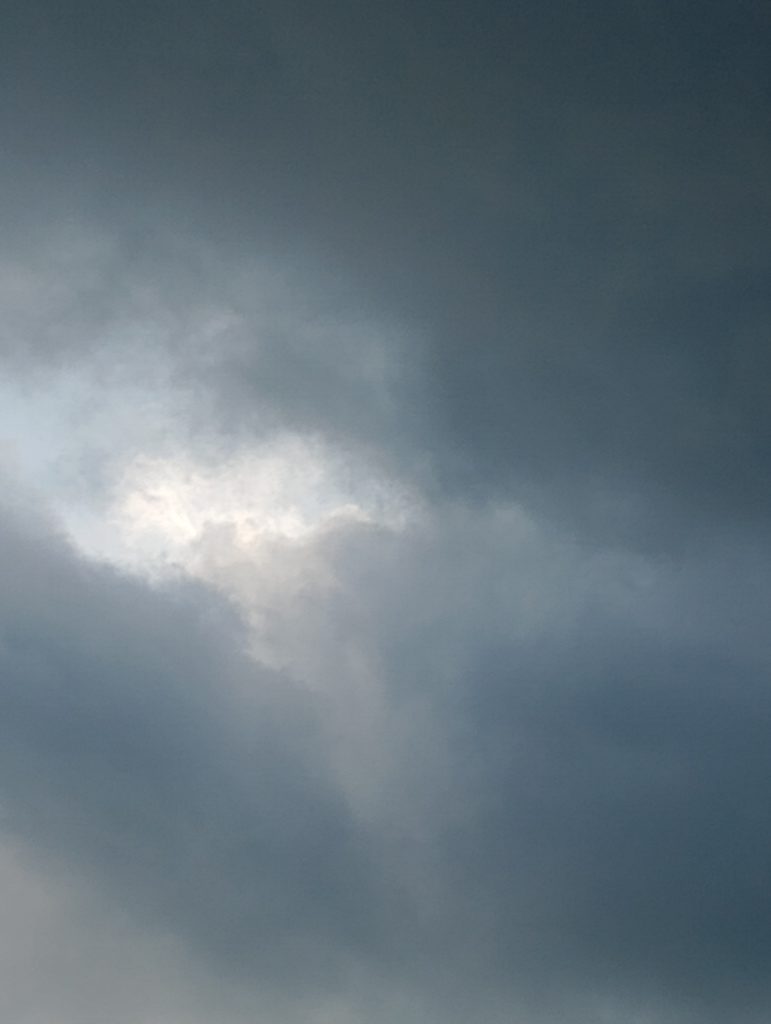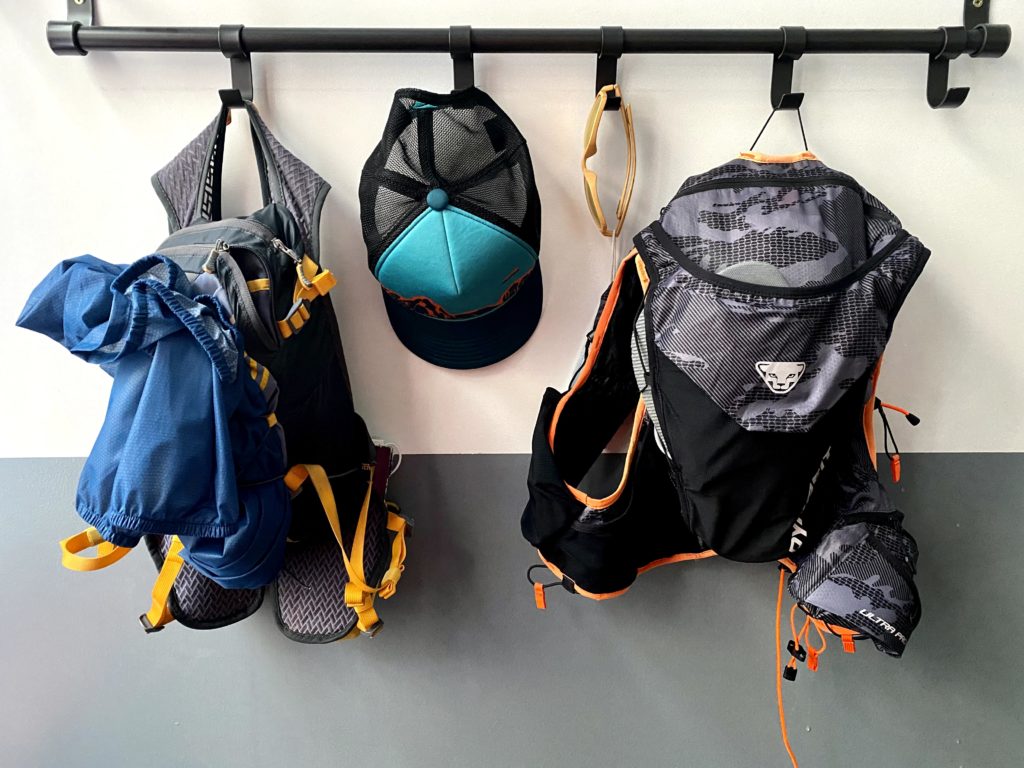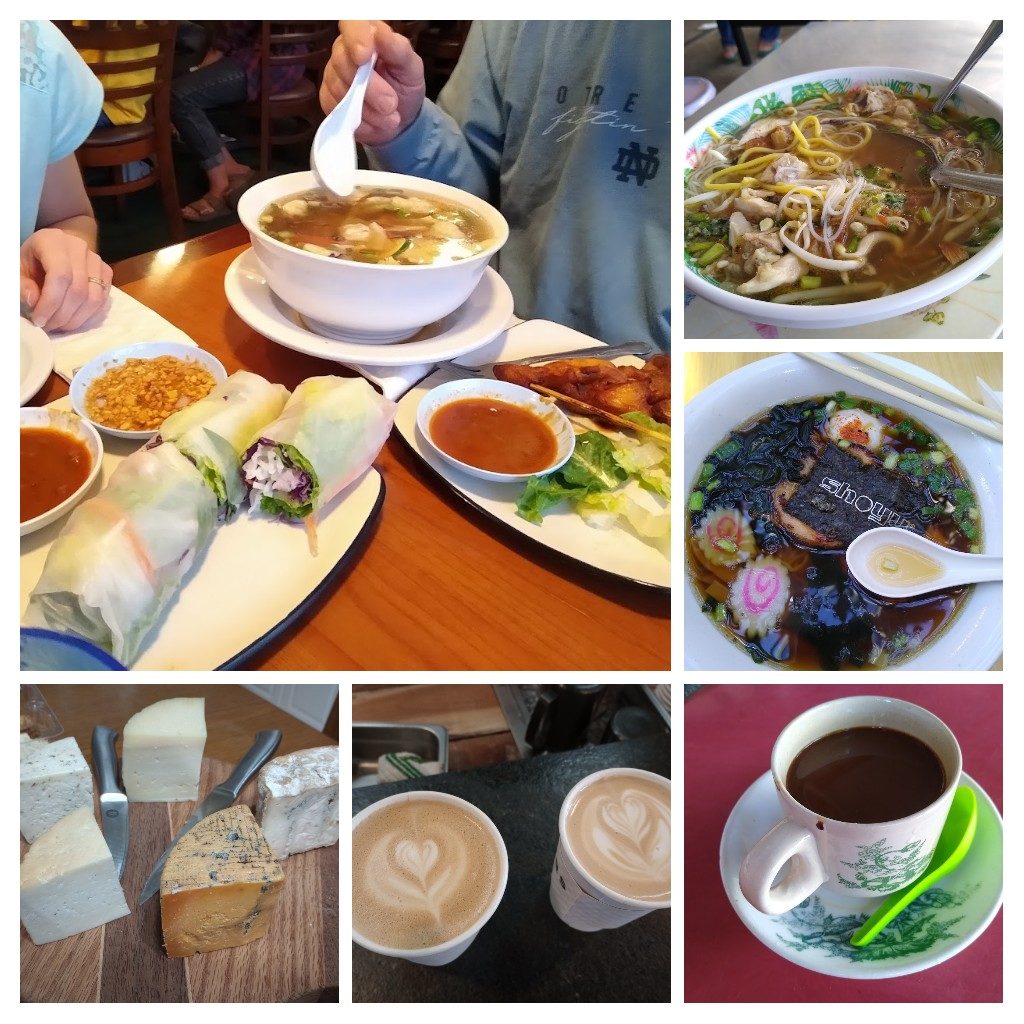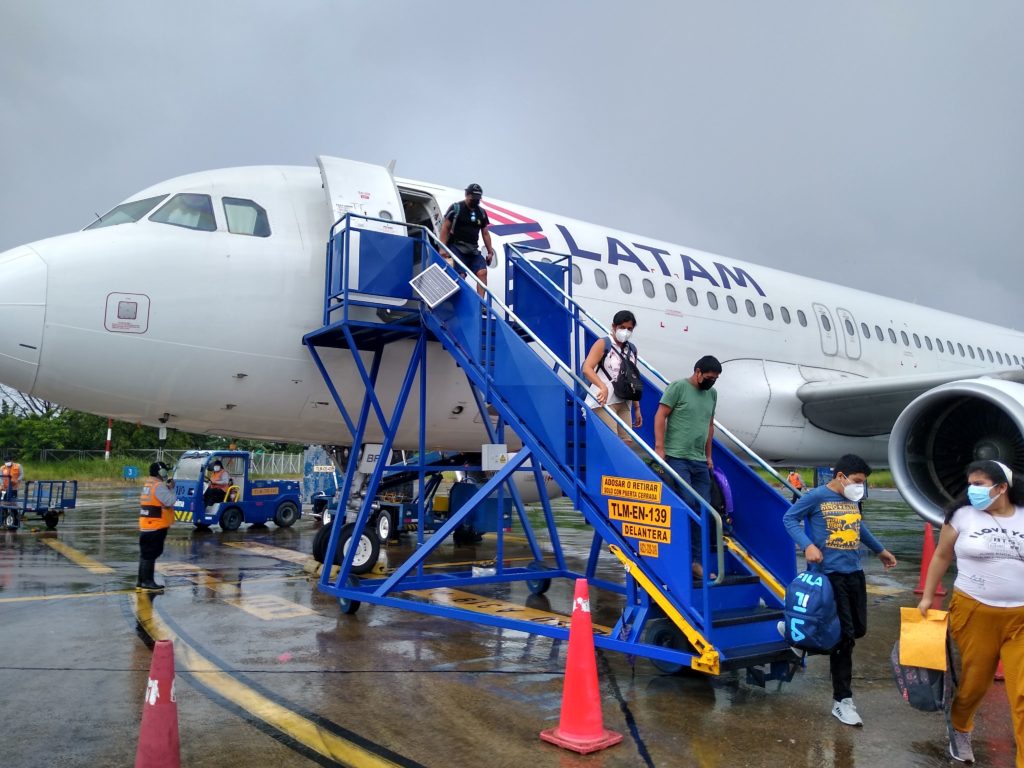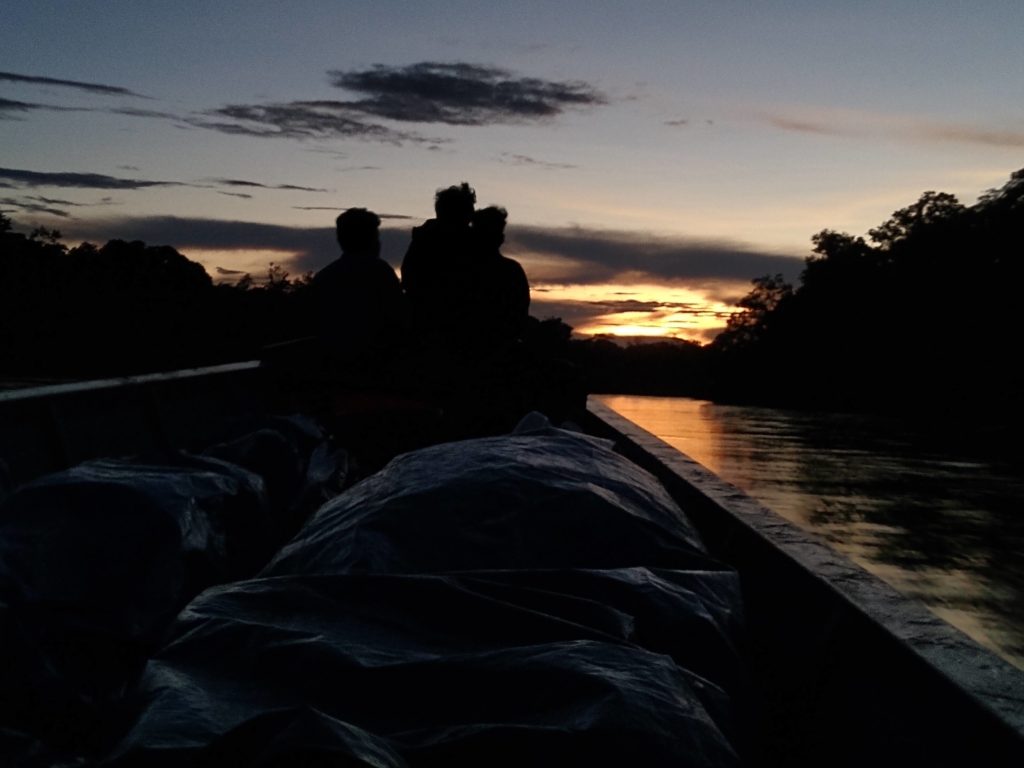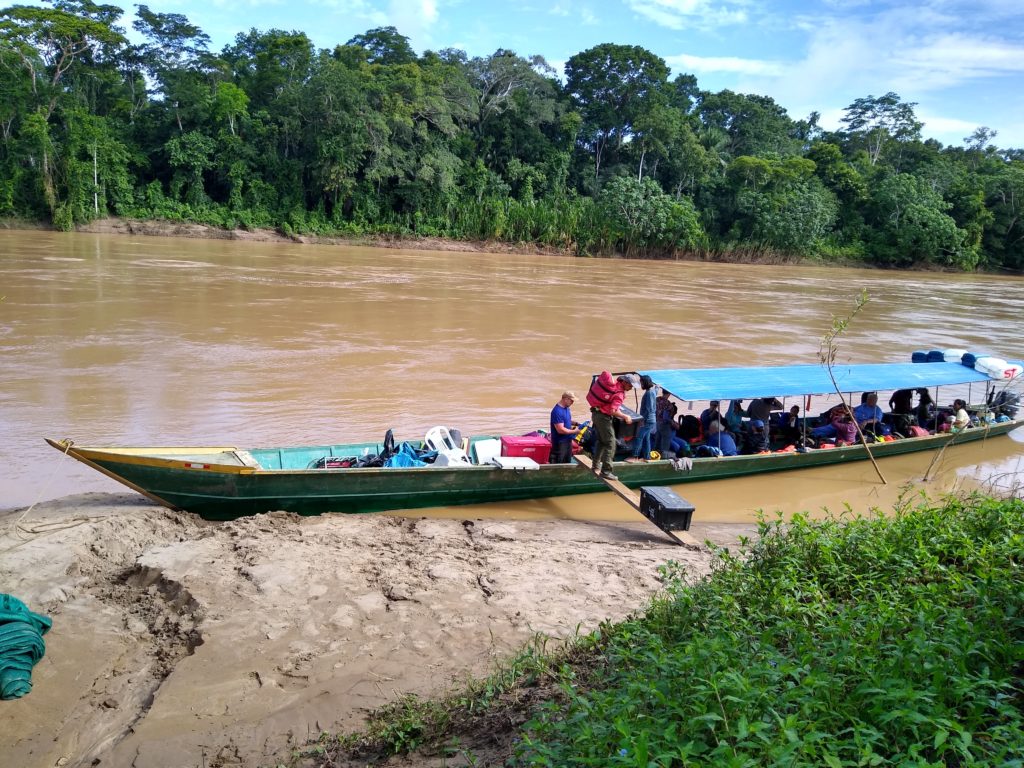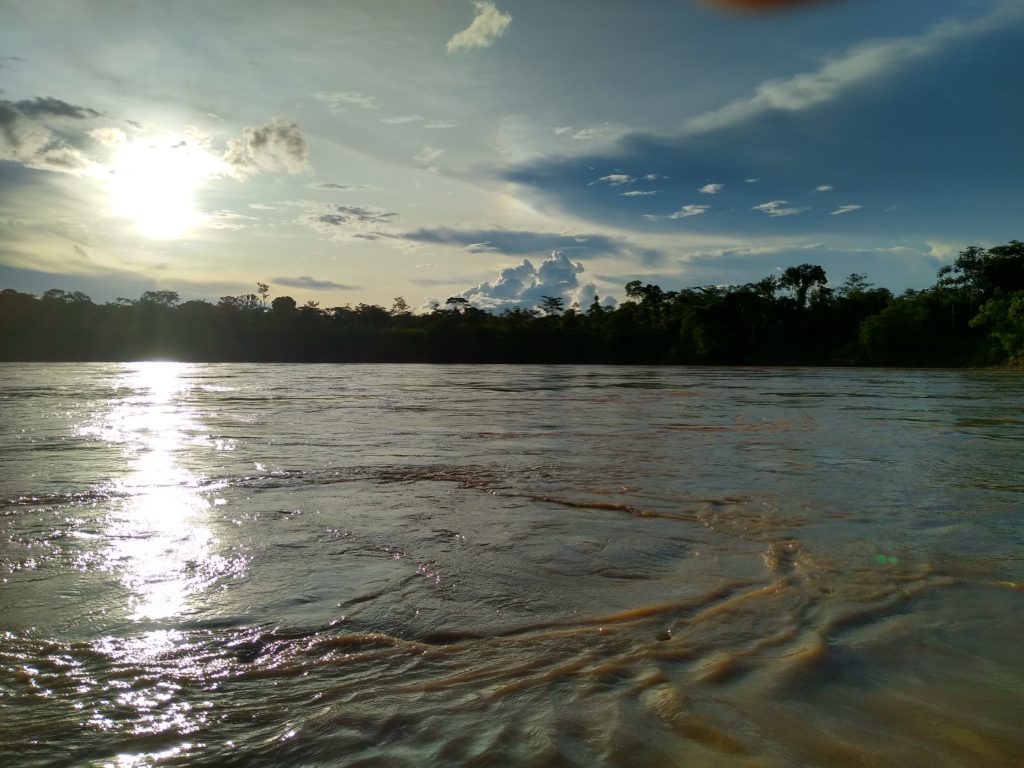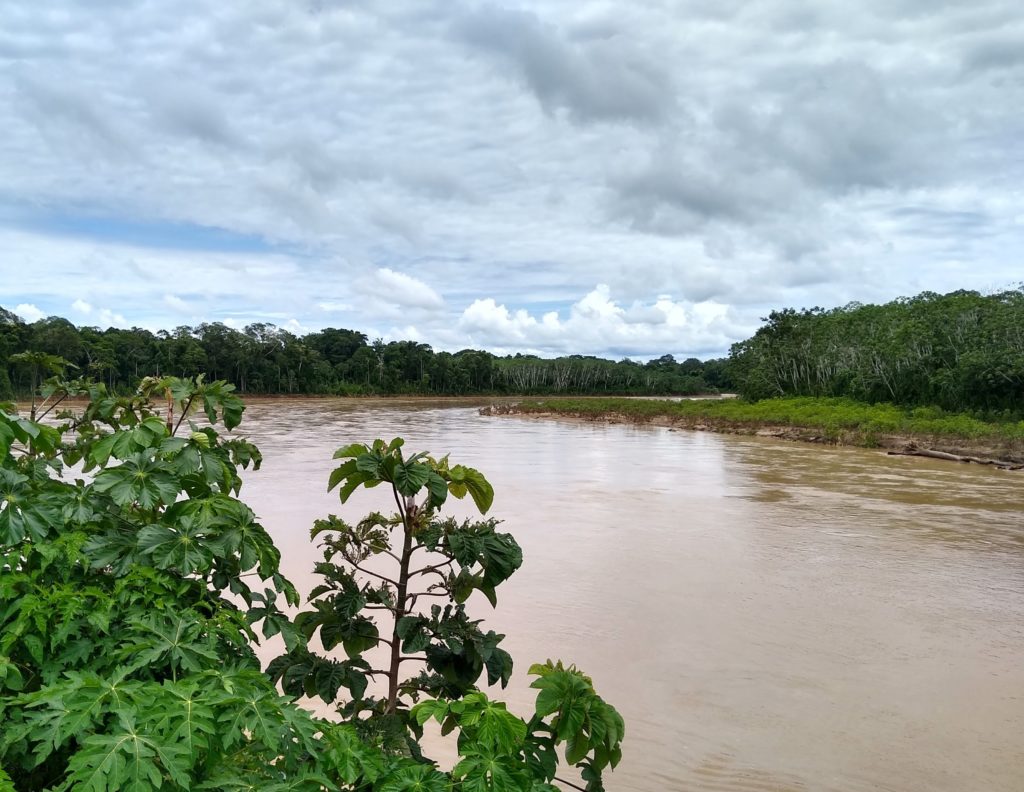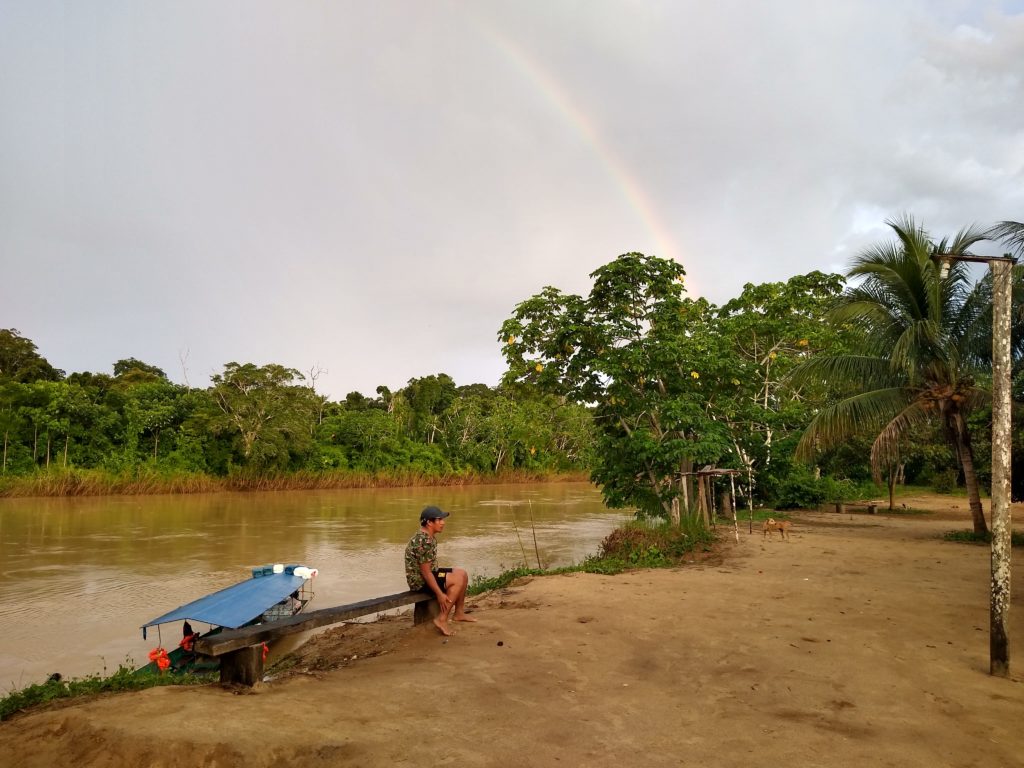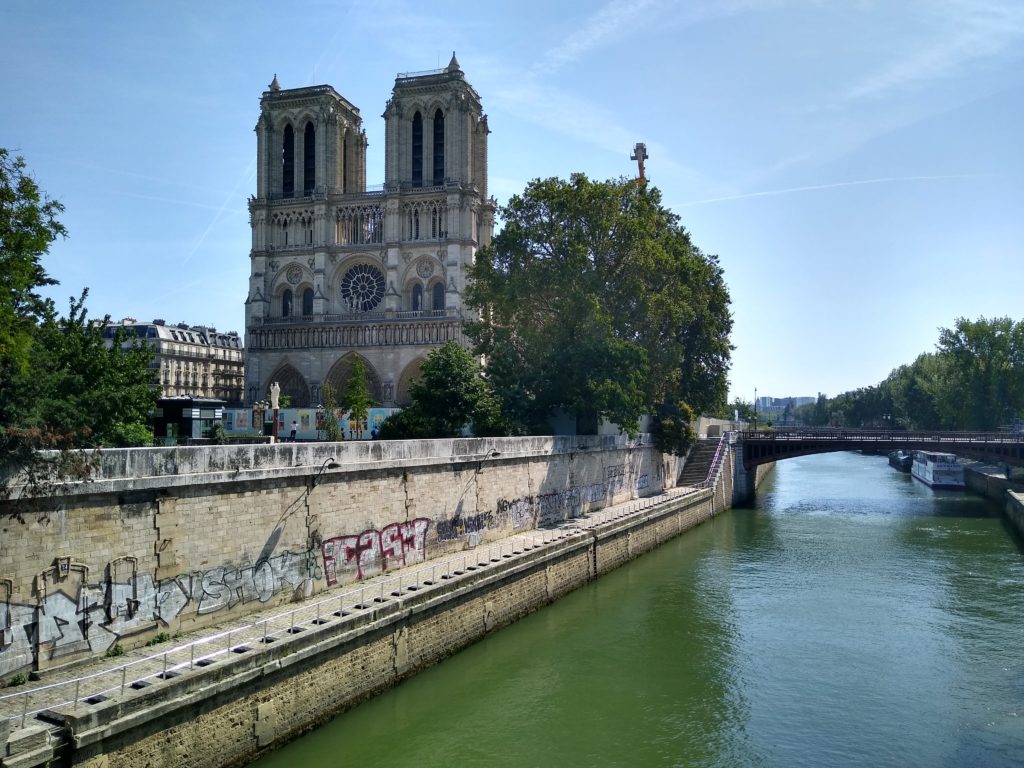
Travel Journal, 123
In August of 2021, me and a friend traveled to Paris to go for a run. Follow along with this map of our run. We ran 75 km over a day-and-a-half. Here’s how we did it:
The train stopped at Orly station and I hopped off. And after a few minutes of waiting, Seth and I spotted each other near the arrivals entrance. I don’t really know what I was thinking was going to happen. Maybe we were going to catch up over dinner? Perhaps we would grab a train and do a little sight-seeing? Nay. We set up our running watches and looked at google maps. We came here to run, and that’s what we were going to do.
We laughed and joked and talked about jet lag as we began running, literally from the airport parking lot. The Seine River snakes through Paris and acts as kind of a guide to all of the Parisian sites. Yes, some of the sites do not lie right adjacent to the river. But a landmark like the Seine helps any traveler with finding their way. We followed our phone map through parking lots, industrial complexes, and car rental locales until finally the business section gave way to the river cutting through it all.
Paris is, of course, a romantic and classical city full of museums and architecture and cuisine. And if you want to see the touristy sites, you can certainly do that. Pay for a hop-on-hop-off bus. Go to the Eiffel tower. (And you should definitely go to the Eiffel tower.) But Seth and I had deeper plans. As we hit the river, we ran on the paved walkway that lines it shores for the entire length of the city. The only major site we saw that evening was Notre Dame. Of course, when I now visit the famous cathedral, my heart tends to ache. The fire in April of 2019 left the ancient structure hollow and in desperate need of repair. The ongoing restorations have no end date in site. Visitors will not be allowed until at least Spring of 2024.
That first day of running took us about 16 miles or 25km, all leading to our hostel, the St Christopher’s Inn, Gare du Nord, located in the Saint Vincent de Paul sector of the city. After finding a bed and showering off the scum of many hours of travel, no sleep, and 16 miles of city running, it was time to find some food.
Most people know Paris as a place of croissant (and it is—you must have croissant), and espresso (again, drink the coffee). But what Americans certainly don’t think about is how international a city Paris is. Travelers are remiss if they don’t check out the shawarma or, in our case, curry.
We settled on a vegetarian Indian place and promptly asked the manager to surprise us. We were not disappointed. Eating a bunch of curry before running 30 miles the next day may seem like folly. I don’t recommend it for the faint of heart. I am pleased to announce that we suffered no gastrointestinal upset. No runners were harmed in the eating of this curry.
We walked back to the hostel, played a couple of games of chess, I read a few more pages of my book, and it was lights out. We both slept as well as to be expected.
Since we were still on the heels of a pandemic, our hostel-provided breakfast came in a bag and consisted of an orange juice, chocolate croissant, and a token for an extremely disappointing coffee. We’d have to track down a descent coffee later in the day. We had also figured out that we would be able to stay at the same hostel and store our clothes in a locker until we returned. This proved to be very helpful. No need to carry all our gear all over the City of Lights like we did the day before. Our full day of running was setting up for success. The site-seeing would truly begin today.
anthony forrest
Part 1: getting there and getting started
Follow along each week for the rest of our run along the Seine River in Paris.
